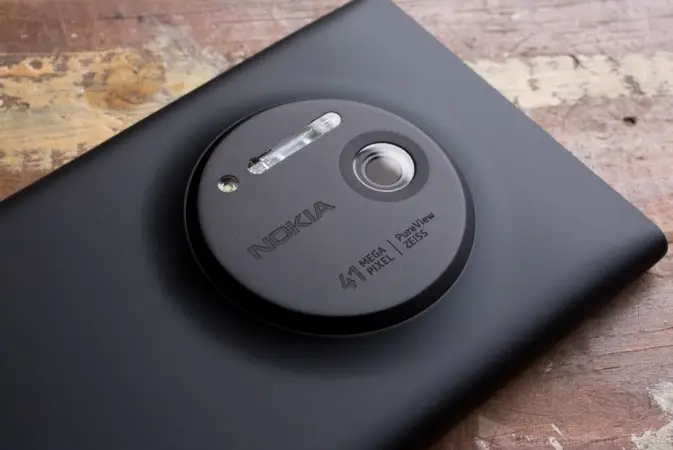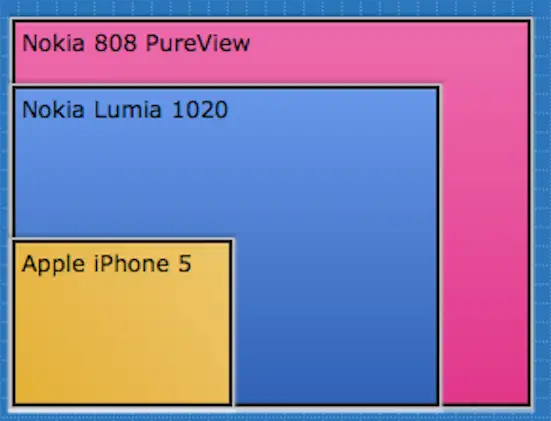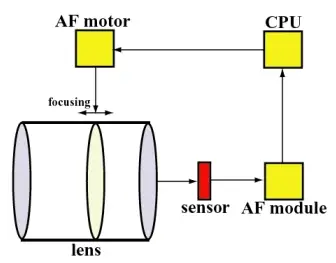Quick Answer
- Try taking a burst shot and carefully looking at the images will also give you an idea if you have an efficient image processor, which is part of your Qualcomm or MediaTek SoC.
- Click an image in extreme low lighting, click an image in bright day light and click a fast moving object to check shutter speed.
- Also, in budget price market we often find a 2 MP camera being a significantly poor performer than say an 8 MP camera.
Most users have come to identify camera quality with Megapixel count. The reason being marketing strategies from smartphone manufacturers who brazenly boast of MP counts and because high end phones have more Megapixels then budget cameras.
Also, in budget price market we often find a 2 MP camera being a significantly poor performer than say an 8 MP camera. The Lumia 1020 is touted as the best camera by critics and users alike and it also has highest Megapixel count. Such trends further perpetuate the Megapixel myth.
What Megapixels actually mean on your smartphone
Megapixels basically define how much you can crop an image. If there are more pixels in an image, you won’t see any pixilation even when you crop it by 50 percent. But how many MP do you actually need? Well, 5 MP are enough to print an image on an A4 size sheet. Unless you want to print on a bill board, you will need 40 Megapixel image.
So even if we put the MP case to rest, how would you judge the camera of your next smartphone or differentiate between two same MP count shooters?
Recommended: Smartphone Camera Megapixel Count Does Not Matter and We Tell You Why
What Parameters are important to a Good camera?
Sensor Size – If you had to guess camera quality based only on one parameter, size of the sensor, will be your best bet for most accurate response. The sensor size determines how much light it can use to create the image. This is also a reason why DSLR with same MP count often perform better than Smartphone Rear cameras.
Lens – The lens on top of your camera sensor is again very important with respect to your smartphone image quality. Wide aperture lens means more light can enter and result in better low light performance. Larger the F-stop number smaller will be the aperture. So F/ 5.6 means aperture is quite narrow and F/ 3.5 hits at wide open aperture.
Some selfie cameras use large 8 MP sensors but the advantage of large sensor is offset by tiny lens placed on top. Thus 8 MP front focus units aren’t often as impressive as rear 8 MP cameras.
ISO Settings – ISO settings are used to control sensitivity to low light. Increasing ISO can help you shoot visible or clearer images in ultra low light, but it will also make your image grainy. Some OEMs allow you to toggle ISO settings, while others don’t.
These theoretical parameters are fine, but often manufacturer’s don’t offer all details about what sensor size or lens or other hardware they are using in smartphone camera. So here are a few things you can do to test camera quality.
Ways to Test your Smartphone Camera
Shoot and Test
While inspecting the camera on your next smartphone, try to test it in different light conditions. Click an image in extreme low lighting, click an image in bright day light and click a fast moving object to check shutter speed.
Color reproduction and noise in different lighting conditions will be a more appropriate parameter to judge your smartphone camera. You can also test flash quality and how much it affects color reproduction of images.
Shutter Speed
Shutter speed determines how well you can shoot moving objects. A phone with great shutter speed, can shoot moving ceiling fan as a still object without any blur. This is one of the features you might value more than all other is bright light while capturing moments so make sure your device has no shutter lag.
Check Burst Mode
Try taking a burst shot and carefully looking at the images will also give you an idea if you have an efficient image processor, which is part of your Qualcomm or MediaTek SoC.
AF Speed
To check AF speeds, just point your phone to a very close object and see if it struggles to correctly focus. When its settled, swiftly point it to a distant object and check how well your smartphone camera handles this transition. You can lose several precious moments or get blurred images if your camera has slow AF speed.
Phase detection AF in new iPhones and Laser AF in LG G3 is something you will come across a lot these days. Most smartphones offer AF rear cameras even in budget price range, which are always better than fixed focus shooters. Most front cameras, on the other hand, are fixed focus units.
Optical image stabilization
If your usage pattern primarily includes shooting videos from your smartphone, you will be better off with an OIS camera, like LG G2, Samsung Galaxy S5, etc. OIS helps you to eliminate shakes and vibrations while shooting a video can make a rear difference as compared to electronic image stabilization which most phones offer.
If videos are important you should also look for a device which can record 1080p videos and has a juicy battery. 4K videos might not be as useful, unless you have a 4K Television too.
Recommended: Optical Image Stabilization VS Electronic Image Stabilization
Camera Software
Camera software is important too. If your camera settings allow you to add filters, provide features like Refocus or object eraser, it can enhance your software experience. You should check how well HDR and Panaroma mode works, if there is option to toggle ISO settings to modify low light experience, etc. Good intuitive camera software will motivate you to open camera shutter more often.
Some OEMs like OPPO and Nokia allow you to change shutter speed and other professional settings which can be of great use depending on the ambient conditions.
Conclusion
If you are purchasing from an online store or perhaps if doing hands on of the phone isn’t an option, you can always take help from reviews, both from critics and other users who can provide valuable feedback. These above parameters will give help beginners and those using relatively less popular smartphones put their snappers to a basic test and judge if it will suit their purpose.
















